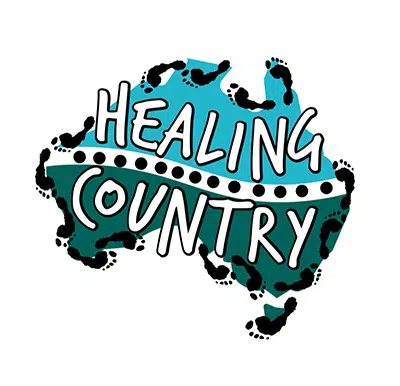Why support them
- Over 500 defence personnel have committed suicide since the beginning of the Iraq war.
- There are an estimated 6000 veterans reported to be homeless.
- The rate of suicide among ex-servicemen in the ADF is 18% higher than the national average.
- The rate of suicide among ex-servicewomen in the ADF is 115% higher than the national average.
- A 2018 study by Beyond Blue and a QLD Senate inquiry found that amongst emergency workers 2 out of every 5 employees and 1 out of every 3 volunteers had been diagnosed with a mental health condition.
- 1 out of every 4 first responders have symptoms consistent with PTSD.
- Figures released in 2015 by the National Coronial Information System, revealed that one first responder was dying by suicide every six weeks.
Statistics on Suicide, Depression, Anxiety and Post Traumatic Stress (PTS) within our services are difficult to isolate from the background statistics. ADF figures have been given a higher level of publicity especially in recent times and show that from 2001 to the end of 2019 there were well over 500 deaths by suicide and an estimated 6000 veterans are reported to be homeless. Statistically speaking if you serve in the ADF you are 3 times more likely to end up homeless than the average person and you are 10 times more likely to die by suicide than you are to die as a result of combat.
There have been two official studies into the Australian Defence Force (ADF) rates of suicide conducted by the Department of Veterans Affairs (DVA) who many believe to be part of the problem. One study was completed in 2015 and the other completed in 2018. The first report released in 2015 used data collected from 2001 to 2014 on personnel leaving the ADF and found that:
In total 292 deaths by suicide. 13% higher than the average.
50% of people who left the services experienced a mental disorder in the previous 12 months.
75% of people who left the services met the criteria for a mental disorder within two months of leaving.
The second report released in 2018 used data collected from 2001 to 2017 on personnel leaving the ADF and found that:
In total (by 2017) there had been 419 deaths by suicide.
The rate of suicide among ex-servicemen in the ADF is 18% higher than the national average.
The rate of suicide among ex-servicewomen in the ADF is 115% higher than the national average.
75% of people who left the services met the criteria for a mental disorder within two months of leaving. 25% meet the DVA criteria for PTSD.
An estimated 46% of ADF members who transitioned from full-time service within the past five years met the DVA 12-month diagnostic criteria for a mental disorder.
Veterans groups have been actively keeping their own records and by the end of 2019, there have now been well over 500 deaths by suicide.
What about the other Services?
It would make sense that other services are also being impacted. A Beyond Blue study released in November 2018 showed that suicidal thoughts were twice as common among first responders as they were in the general population. A QLD senate inquiry found that amongst emergency workers 2 out of every 5 employees and 1 out of every 3 volunteers have been diagnosed with a mental health condition.
It also found police and other emergency services workers were three times more likely to have some sort of suicide plan and that just like the military services many do not ask for help.
Figures released in 2015 by the National Coronial Information System, revealed that one first responder was dying by suicide every six weeks.
110 police officers, paramedics, and firefighters died by suicide between July 2000 and December 2012. Statistics for the last 7 years are very difficult to find but the indications are there.
A 2015 study released by Dr. Harvey from the Black Dog Institute said 1 in 10 active emergency workers had symptoms consistent with PTSD. “That’s much higher than you would see in the general population and if we were to consider ex-emergency workers or retired workers, that rate would be higher.”
